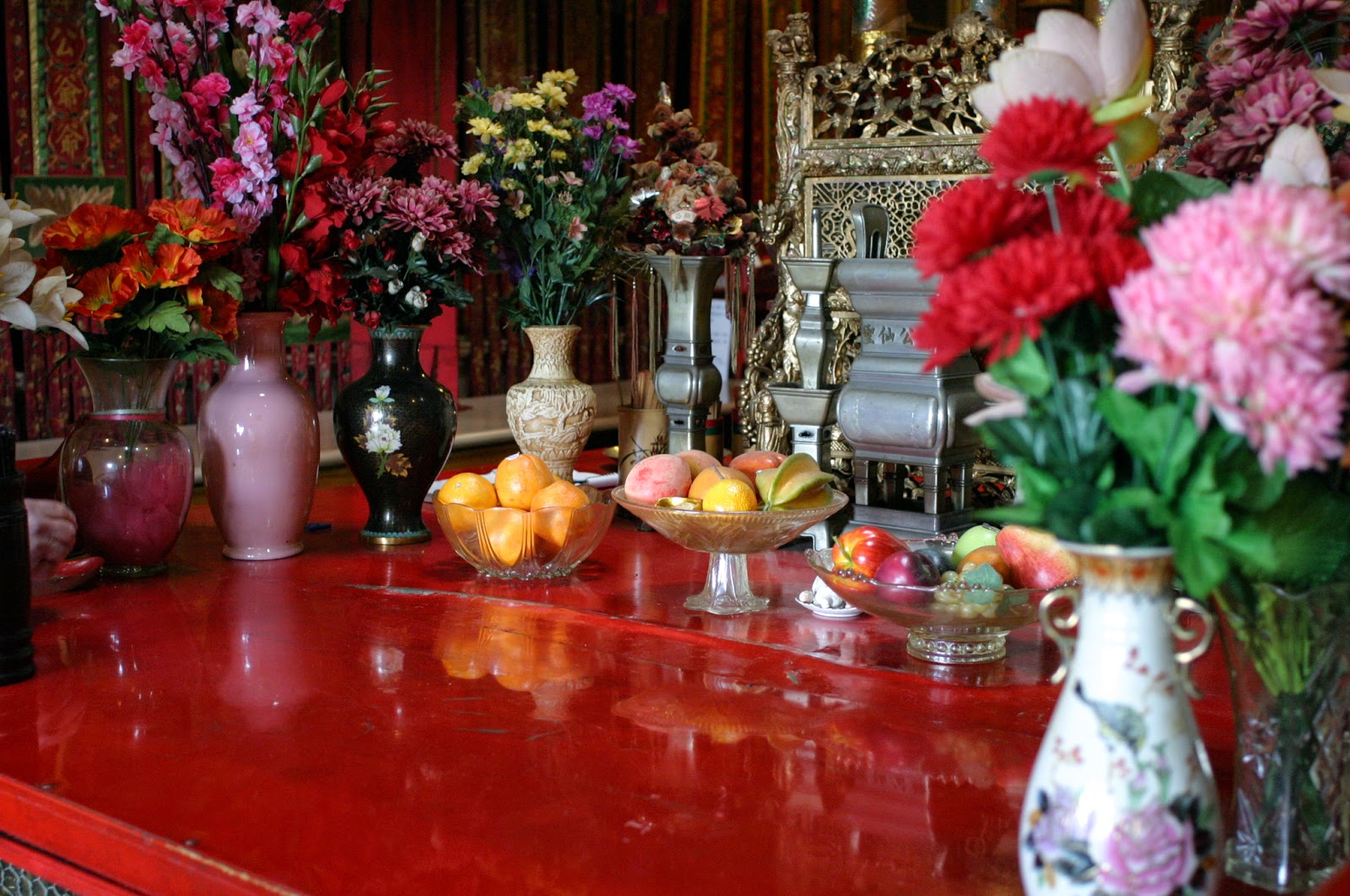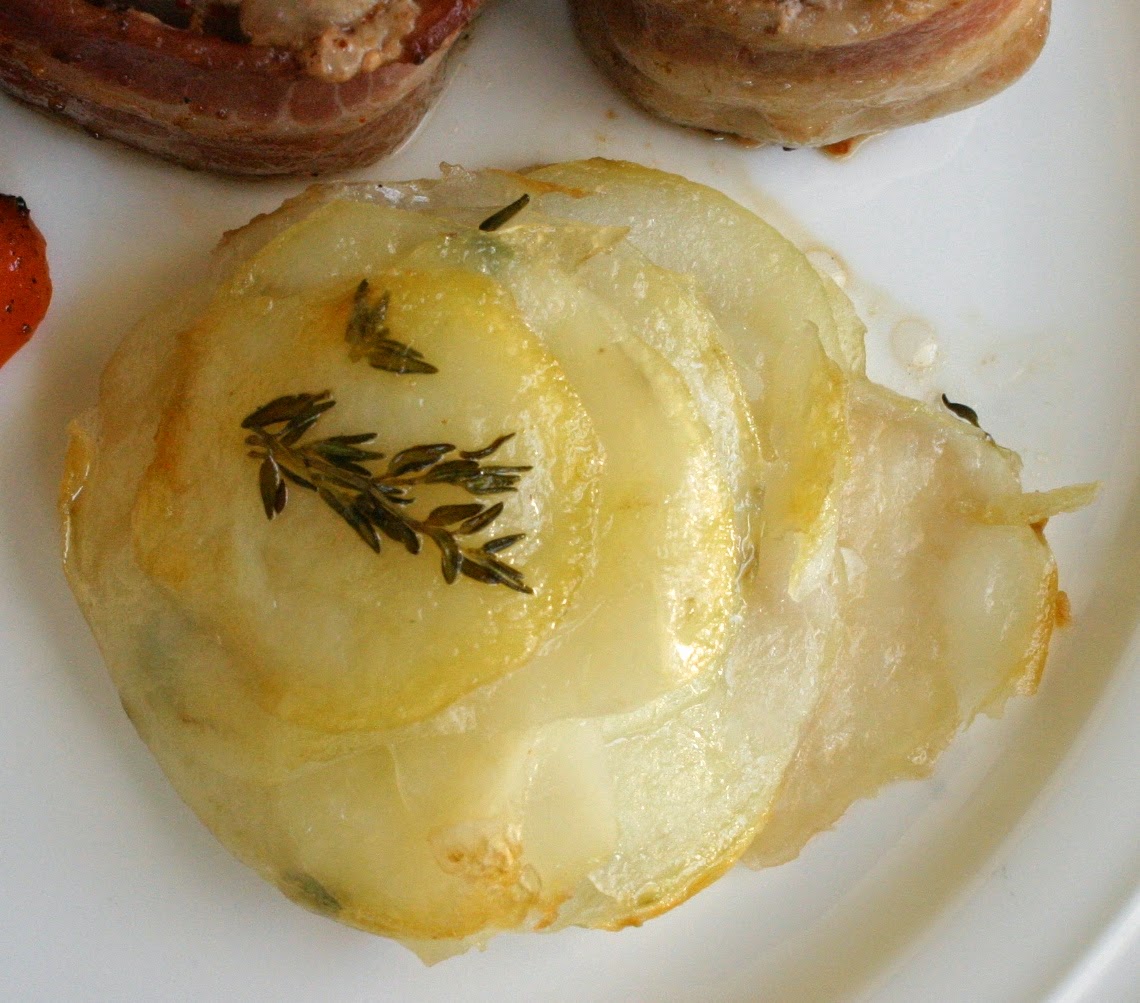The festive
entertaining season is not far off and there is no time like the present to
brush up on table etiquette and party manners. I remind students in Foods
classes at school about their table manners and tell them they can eat however
they choose at home but in public a few manners will go a long way to making
good impressions.
The Dinner
Party
Small or large
dinner parties have a few rules for the host and guest. Casual parties can be
arranged at the last minute but during a busy holiday season it is best to give
three to six weeks notice. The type of invitation is determined by how formal
the affair is. There is nothing wrong with a telephone call or an email for
casual parties.
Have your home
clean and tidy and rearrange furniture to accommodate the number of guests, if
necessary. Adjust the room temperature and lighting and decide if you would
like background music. Have plenty of clean towels or use disposable paper
napkins in the bathroom.
Don’t begin
clean up and washing dishes until guests have left, unless of course someone overstays
their welcome.
As a guest,
respond to the invitation as soon as possible. Don’t bring a friend unless
invited to do so and never ask if you can. Arrive on time. A token hostess gift
is a nice gesture. If place cards are set do not rearrange them. Turn off your
cell phone ringer. Don’t be the last to leave and always thank the host for the
evening.
How to Set a
Table
The dinner
plate is set in the centre and about one inch from the edge of the table and
the salad plate to the left. Forks are placed to the left of the plate and
spoons and knives to the right. The rule of thumb is to place the utensils in
order of use from the outside toward the plate. If there is a salad before the
main course then place a salad fork on the outside and a dinner fork next to
the plate. If the salad is served with the meal there is no need for a salad
fork.
The dinner
knife is placed to the right of the plate with the blade toward the plate.
Spoons are next to the knife. The soup spoon, if needed, is the outermost
spoon.
If you are
using a bread and butter plate place it directly above the forks with the
butter knife resting on the plate at a diagonal. Water and other glasses are
above the knife and outward from there ending with a coffee cup. The napkin can
be placed on the dinner plate or to the left of the forks.
How to Hold
Utensils
Next time you
are in a restaurant look around and see how many people make a fist to hold
their utensils. The fork or spoon should rest on the middle finger of the hand
as the index finger and thumb grip the handle.
There are two
different ways you can use your cutlery during a meal – the American or the
Continental style. Both are proper and both may be used and interchanged in the
same meal. In both styles the food is speared with the fork tines pointing down
and in the left hand if you are right handed. The index finger presses down at
the base of the handle. Use your right hand to hold the knife with the index
finger where the handle meets the blade. Keep your elbows close to the body.
With the
American style rest the knife on the side of the plate and move the fork to
your right hand. With tines up spear the food and move it to your mouth.
If you use the
Continental style you may rest the knife on the side of the plate or hold it in
your right hand. Then with tines down move the food to your mouth.
Resting
Utensils
Do you ever
wonder if you should put your used cutlery on the tablecloth? Never. Don’t prop
them on the edge of the plate either. Place them near the centre of the plate
with the tips pointing toward each other or the knife can rest on the edge of
the plate and the fork in the middle of the plate.
When the meal
is finished place the fork and knife together diagonally on the right side of
the plate with the knife blade facing inward. This indicates you are finished
and the plate can be taken away.
During the Meal
Do you take
your napkin and tuck it under your chin like a bib? I hope not. The napkin
should be unfolded and placed across your lap as soon as you sit down.
When do you
begin to eat? I served food to one of my kids’ cooking class groups and they
were sitting there letting the food go cold. When I asked why they didn’t begin
eating they reminded me of the rule I just taught them. Don’t begin until the
host or hostess begins or you are invited to do so.
Are you
shoveling your food with your fork or slouching over your plate? Wrong. Also resist
the urge to fuss with utensils, rap your knuckles on the table or other fidgety
habits. A good place for hands is on the lap.
Are you a
chipmunk at the table? Don’t take large bites and store food in your cheek? Take
a manageable bite and finish it before putting more food in your mouth. And
don’t talk while chewing food or taking a drink.
Do you cut all
your food like the baby’s plate? Cut only enough for four or five bites, lay
down your knife and eat.
Do you have a
boarding house reach? Reach only as far as your arm extends without crossing in
front of another person. If you cannot reach simply ask, “Please pass the item”
and say thank you.
Chasing a piece
of food around your plate with your fork? If you are unable to pick up a piece
of food with your fork don’t use your fingers to help it along. Use your knife
or a piece of bread as a pusher.
Never push your
plate away when you are finished eating and announce, “I’m finished!”
Children’s
Table Manners
By age six
children should arrive at the table with clean hands and face. They begin to
eat when everyone else does or are given permission. They will use a fork or
spoon properly and begin to learn how to use a knife. They will ask for food
rather than reaching and always say “please” and “thank you”. They know not to
talk with food in their mouth and do not make negative comments about the food.
They do not interrupt when someone is talking and they ask, “May I please be
excused?” when they are finished.
By age 12 they
leave plates and utensils alone until the meal begins. They watch the host and
follow meal-starting rituals without comment. They sit with good posture and
feet on the floor. They use all utensils correctly, take reasonable portions of
food and ask for seconds, if necessary. They are polite and join in the table
conversation, drink quietly with glass in one hand and try a bit of everything.
Uneaten food is left on the plate and not hidden in a napkin. They offer to
help at the end of the meal.























